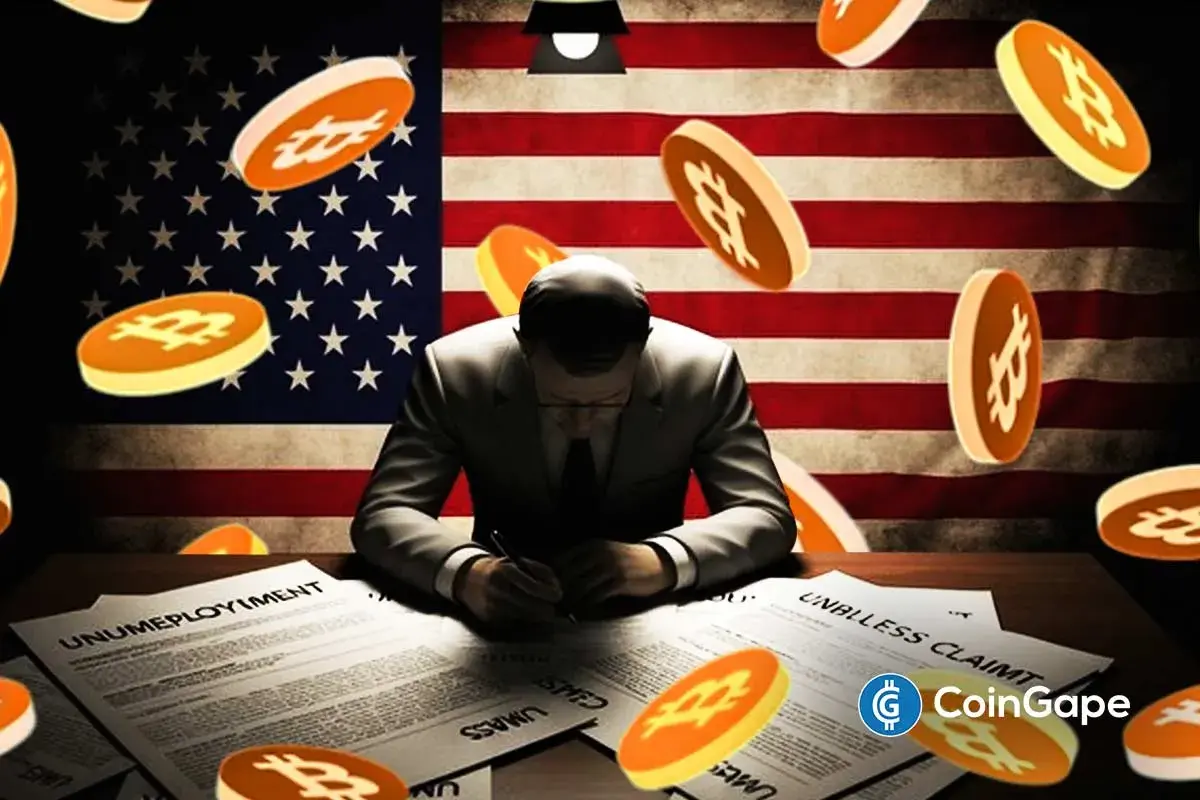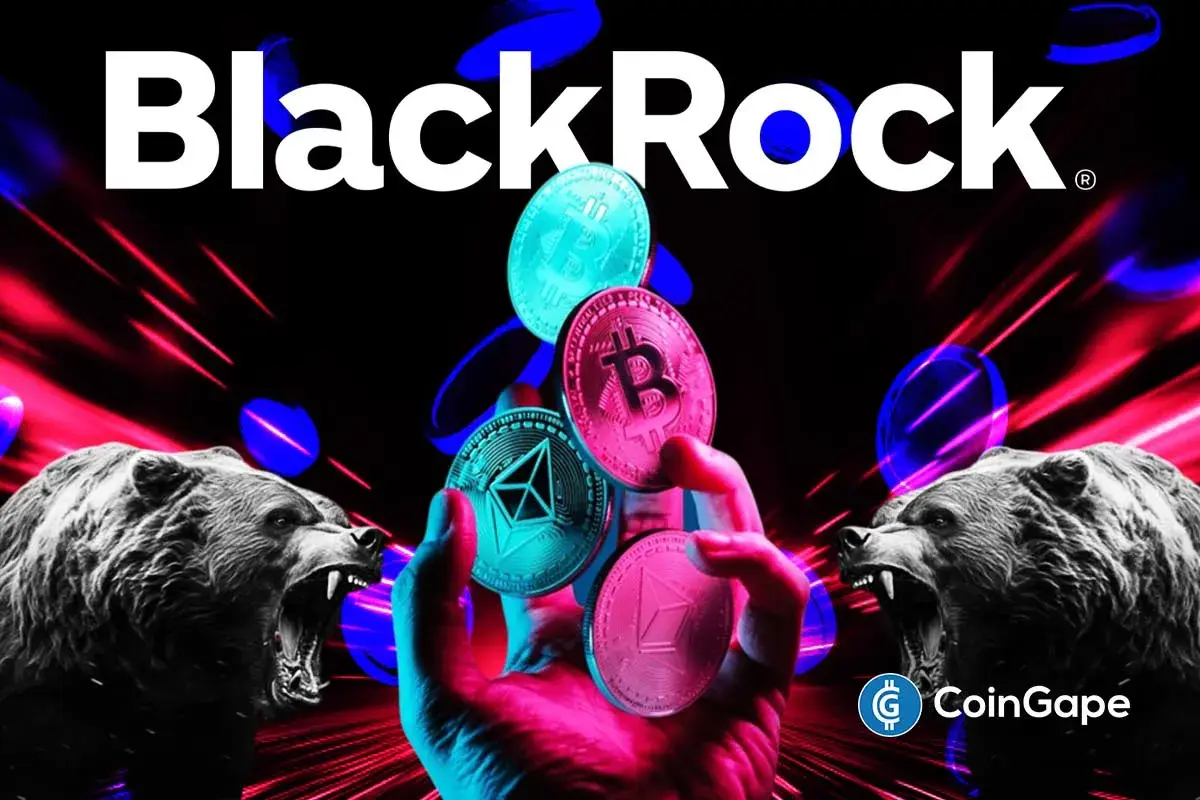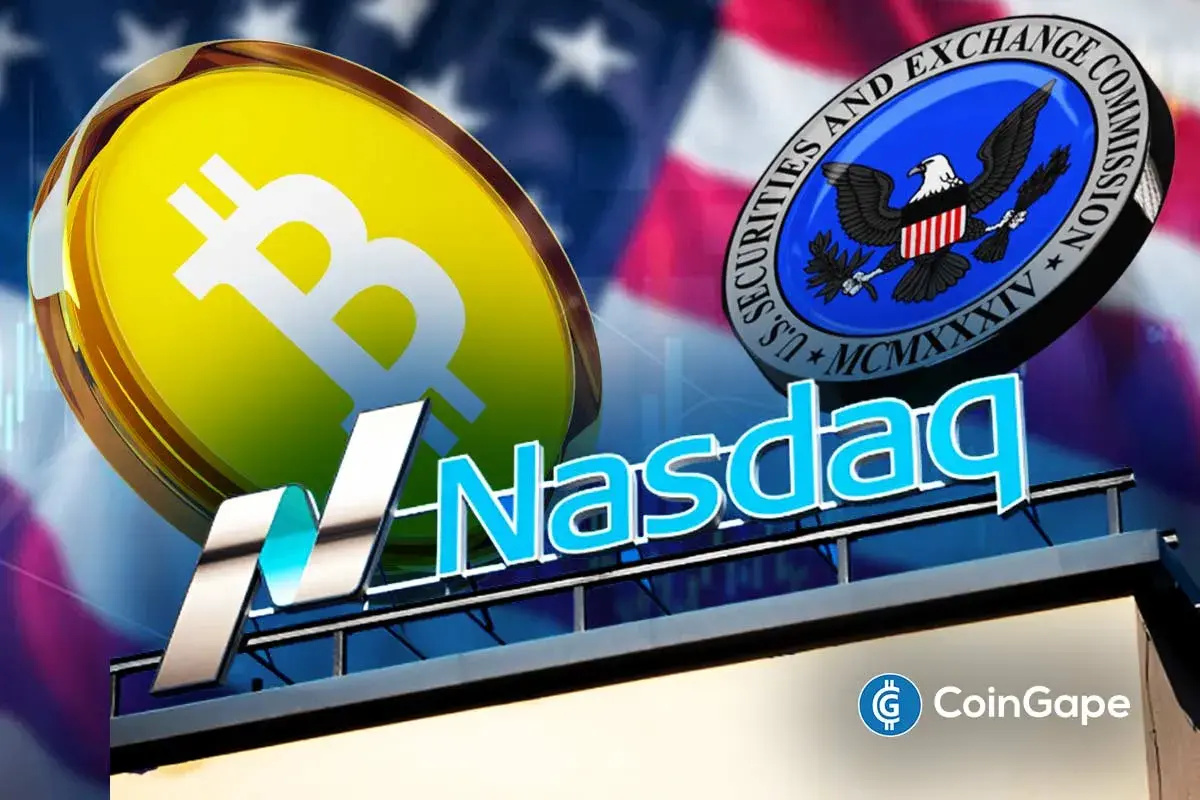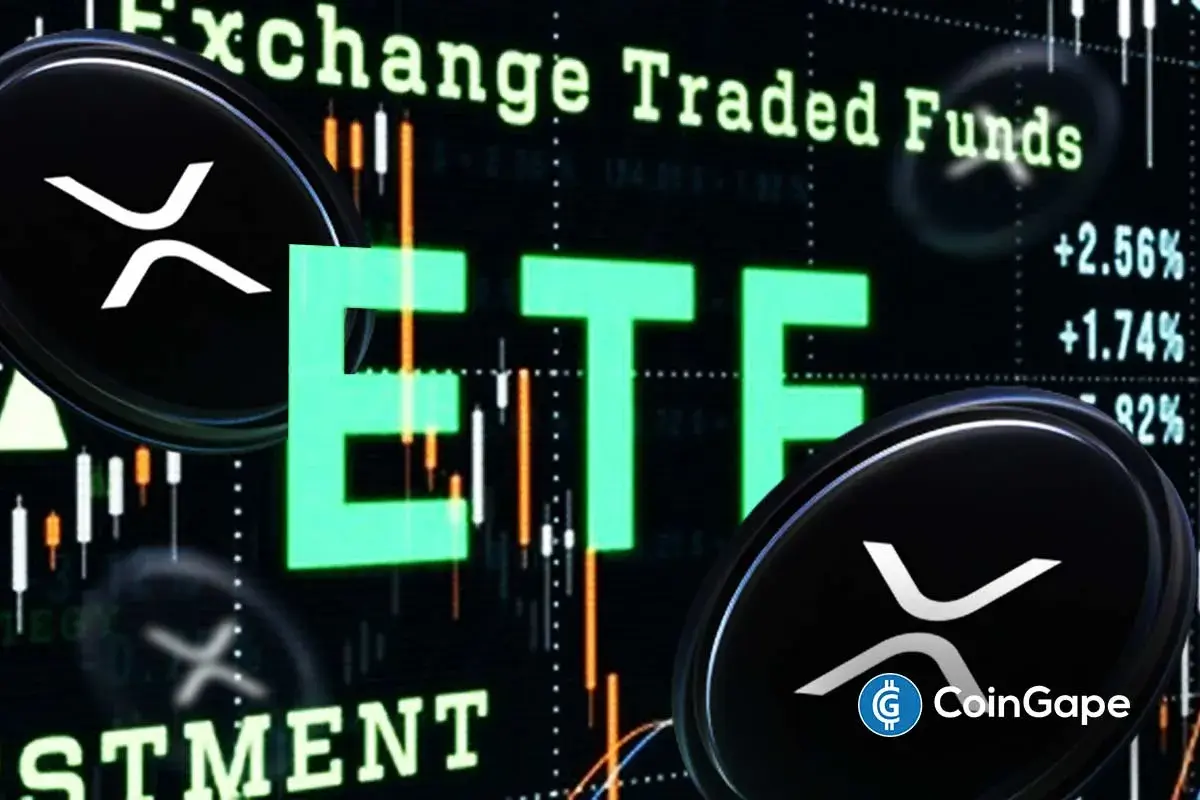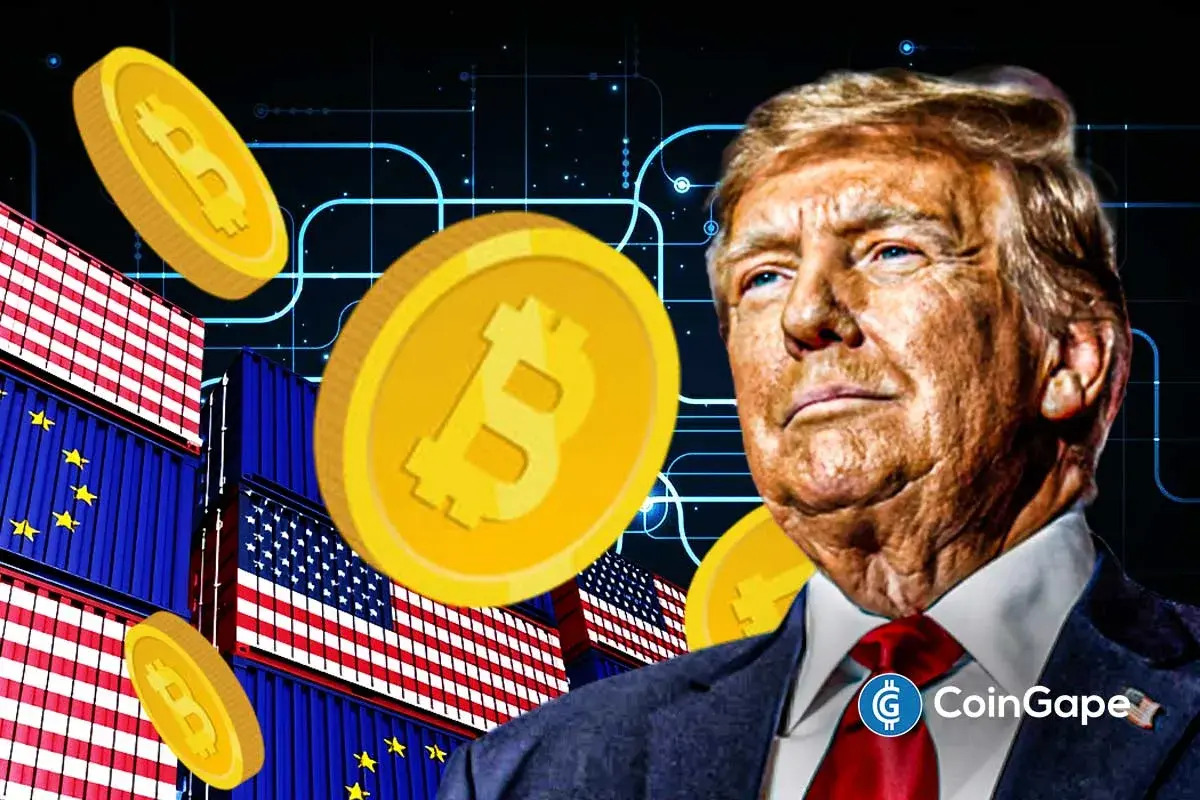XRP Lawsuit: Ripple CLO Breaks Down Real Reason SEC Dropped The Case

Highlights
- Real reason behind the end of Ripple SEC lawsuit is tied to unclear laws in the past
- Stuart Alderoty said the industry is working with Congress for proactive regulations
- Ripple is back in business with bold acquisition moves
Stuart Alderoty, the Chief Legal Officer of blockchain payments firm Ripple Labs Inc., has taken to X to share in a one-minute video why the United States Securities and Exchange Commission (SEC) ended its XRP lawsuit after over four years. The landmark case marked one of the biggest in the industry, and the closure now serves as a major reference for policy conversations.
Here’s Why US SEC Ended XRP Lawsuit
Alderoty noted that he has condensed about 6 years of active legal work into 60 seconds. He said the SEC dropped its appeal for the same reasons it ended its lawsuit against other firms besides Ripple.
From a legal point of view, he noted that the regulator cannot bring an enforcement action without first explaining the law. In his Crypto in 1 Minute post, the Ripple CLO said the US SEC only just admitted what it has always been saying regarding the lack of clarity regarding the crypto laws.
Moving forward, he said, now is the time to clean up the mess, get out of the courtroom, and get back into business. On top of his agenda is to get a smart crypto regulation by working alongside the US Congress, a collaborative effort that has already begun.
Beyond the Ripple Lawsuit, Alderoty outlined the goals many are now looking forward to. These include keeping the bad actors out of the industry and, above all, creating the room for innovations to flourish.
Ripple Is Back In Business
It is worth noting that since the end of the XRP lawsuit, Ripple Labs has grown its business, especially in Mergers and Acquisitions (M&A). As reported earlier by CoinGape, the firm purchased Hidden Road for $1.25 billion. This acquisition placed it at the forefront of brokerage and settlement in the traditional financial market.
To complement this, the payments company also made a $5 billion bid for Circle, the parent company of USDC. The stablecoin giant rejected the offer because it did not match its current valuation. Although it remains unknown whether it plans to increase the offer, the bid shows its willingness to expand its foothold.
Meanwhile, the new US SEC under Chairman Paul Atkins remains under the radar. As a pro-crypto regulator, many believe Atkins will build on the positive shift piloted by former acting Chair Mark Uyeda.
With the call on Congress for stablecoin regulation and the stance of the Donald Trump administration, the likelihood of securing functional and clear guidelines for digital assets remains high in the coming years.
- Breaking: U.S. Jobless Claims Come in Below Expectations; BTC Price Drops
- BlackRock Deposits Millions in Bitcoin and Ethereum as CryptoQuant Flags Growing Bear Market Risk
- NiceHash Review: Trade HashRate and effectively manage your POW mining facility
- US SEC Deliberates Nasdaq Bitcoin Index Options Approval amid Rising Derivatives Demand
- Arthur Hayes Moves Another 682 ETH To Binance: A Major Sell-Off Ahead?
- XRP, Bitcoin, Ethereum Price Predictions Ahead of Jan 2026 CLARITY Act and US Crypto Reserve Plans
- Pi Network Analysis: Pi Coin Price Surges on Christmas Eve, Can It Hit Year-End Highs?
- Why Dec 26th Is A Do Or Die for Bitcoin Price Ahead Of Record Options Expiry?
- Why Bitcoin, Ethereum And XRP Prices Are Down Today? (24 Dec)
- XRP Price Prediction: Will 4 Billion Transactions Spark Next Rally?
- Solana Price Outlook: Will SOL Recover With Strong Institutional Buying?

 Claim $500
Claim $500



